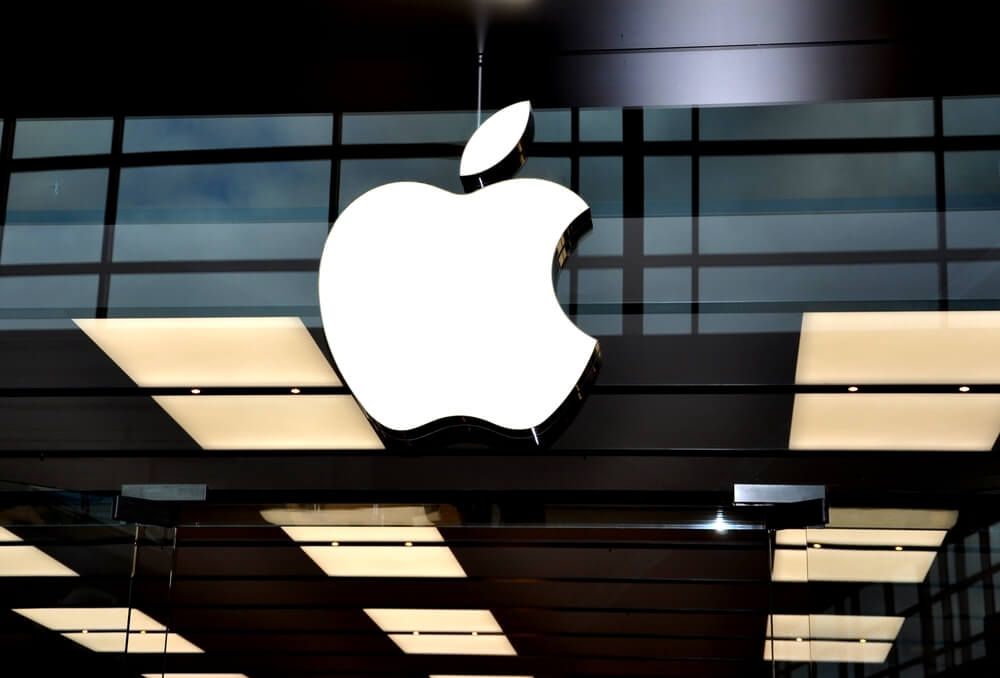
Cracking the Code: New iOS Update Sparks NameDrop Panic!
Following the recent new iOS update (iOS 17.1), police departments across the U.S. stirred a frenzy on social media, cautioning users about a potential threat tied to the latest iPhone features. However, a closer look reveals a misunderstanding rather than a genuine cause for concern.
Debunking the Panic: Experts Dispel Misinformation
Reputable sources like Wired and USA Today swiftly debunked claims made by law enforcement. Contrary to the warnings, Apple had introduced the contentious feature, NameDrop, back in June at their 2023 iOS developer’s conference. However, the controversy seems rooted in a lack of awareness of this new addition.
Unveiling NameDrop: The Controversial Feature
Apple’s update brought NameDrop, an extension of AirDrop, set as default on devices updated to iOS 17.1, including Apple Watches with the 10.1 update. But activating NameDrop requires holding two devices close, prompting users to “share” or opt for “receive only.” Importantly, NameDrop cannot activate without user consent.
Crucial User Action: Ensuring Device Security
An iOS developer clarified that before using NameDrop, users must ensure their device is unlocked. Thus, this safety measure ensures NameDrop remains inactive on locked devices, addressing potential security concerns. Still, people overlooked this detail during the initial panic.
Social Media Hysteria: Incomplete Information Fuels Fear
Police posts lacked a comprehensive understanding of NameDrop, omitting that it requires user action. Panic ensued as users were left uninformed, contributing to misinformation. In response, law enforcement updated warnings, acknowledging the need for safety precautions. These updates aimed to clarify NameDrop and assuage fears.
Taking Control: Deactivate NameDrop
For users uneasy about NameDrop, navigate to “General Settings” and “AirDrop” to uncheck “Bringing Devices Together,” deactivating the feature. Users retain control over their device settings.


